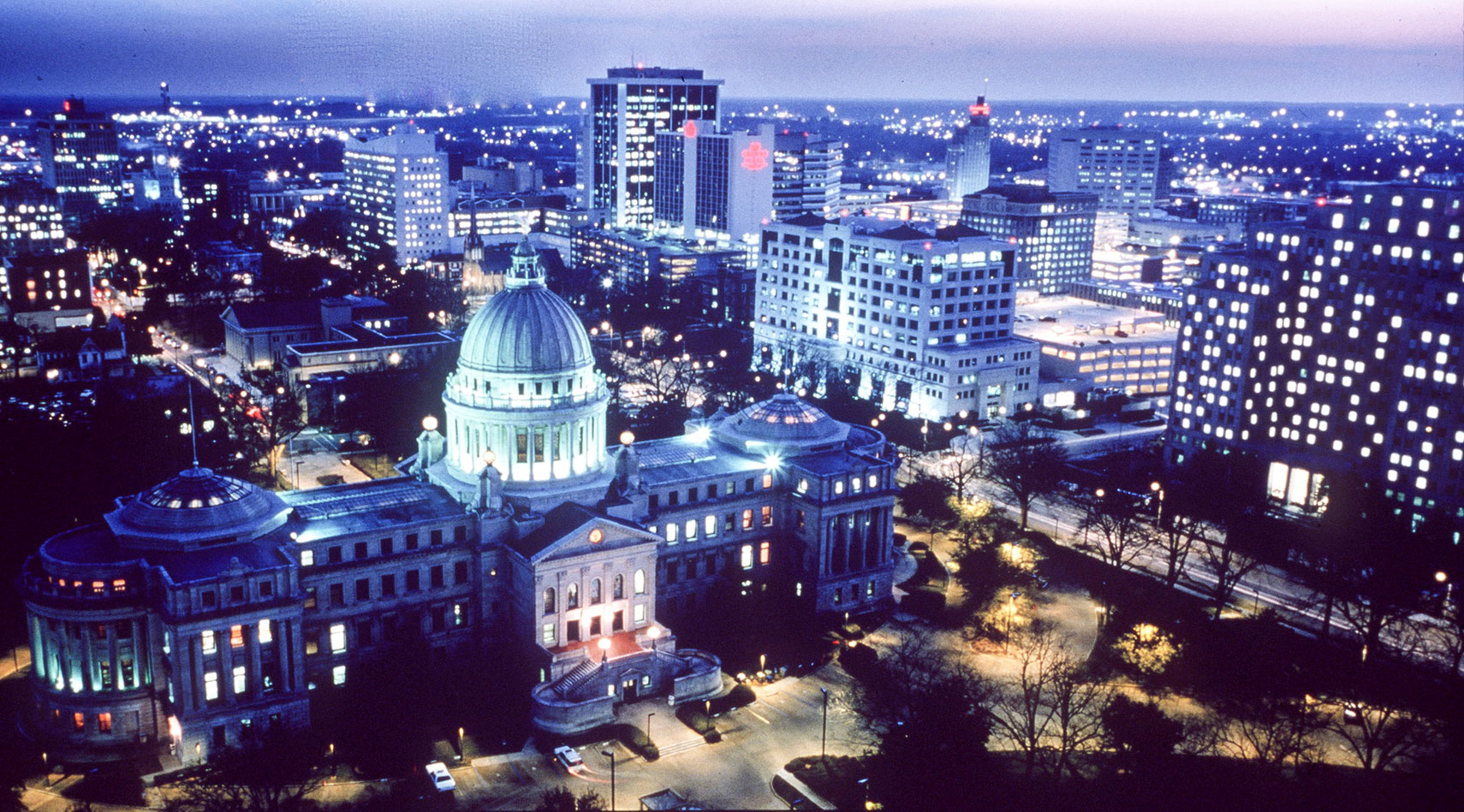More about the State of Mississippi
Short history
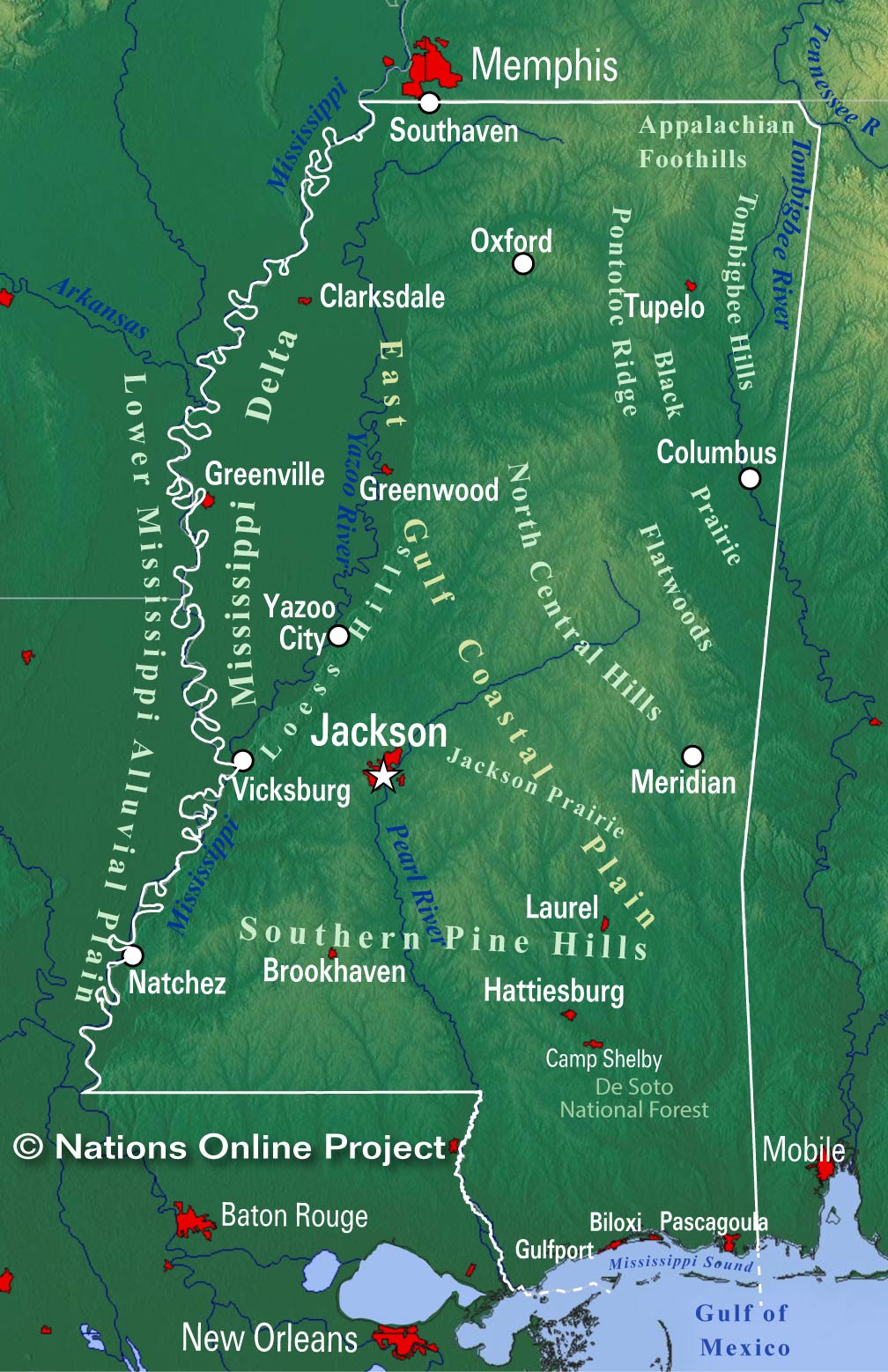 Topographic Map of Mississippi. (click map to enlarge)
Topographic Map of Mississippi. (click map to enlarge)
Inhabited by local natives for thousands of years, Mississippi became a French colony in the first half of the 18th century. The French ceded the area to Britain in 1763.
Mississippi Territory was organized on 7 April 1798, from territory ceded by
Georgia and
South Carolina; it was later twice expanded to include disputed territory claimed by both the U.S. and
Spain.
The United States obtained the territory south of the 31st parallel as part of the Louisiana Purchase in 1803. The whole area of Mississippi, except the region south of the 31st parallel, was included in the original territory of the United States.
On 10th December 1817, the western half of the territory was admitted to the Union as the State of Mississippi, as the 20th state.
The eastern half became the Alabama Territory until its admittance to the Union as the State of Alabama on 14 December 1819.
Area
The state covers an
area of 125,438 km² (48,432 sq mi),
[1] making Mississippi about half the size of the
United Kingdom.
Compared with other US states, Mississippi is five and a half times larger as
New Jersey, but it would fit into
Texas five and a half times.
The state lies entirely in the Central Lowland of the US mainland; its flat landscape is crisscrossed by many rivers.
Mississippi is located within two major regions in the United States: the
Gulf Coastal Plain, a generally flat, broad, coastal area along the Gulf of Mexico, and the
Mississippi Alluvial Plain, in the western part of the state, known as the Mississippi Delta, and sometimes called the Yazoo-Mississippi Delta.
In the southeast, Mississippi has a 120 km (75 mi) long coastline at the Gulf of Mexico. The coast features a number of large bays, including the Bay of Saint Louis, Biloxi Bay, and Pascagoula Bay.
The urban metropolitan zone along the coast is Gulfport–Biloxi–Pascagoula, a combined statistical area with an estimated population of 400,000.
The Mississippi District of the
Gulf Islands National Seashore features natural beaches, some historic sites, wildlife sanctuaries, the Mississippi Sound, and the Gulf Islands, which are only accessible by boat.


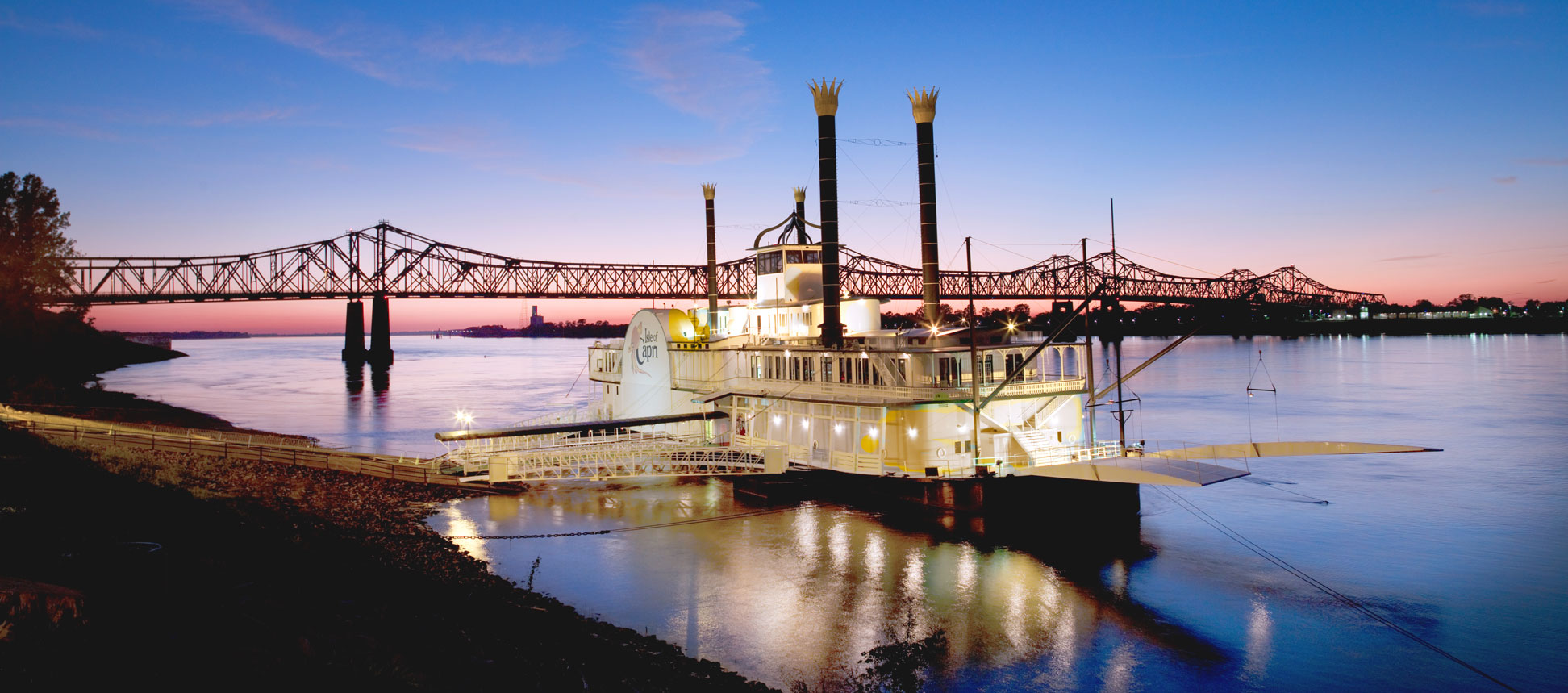

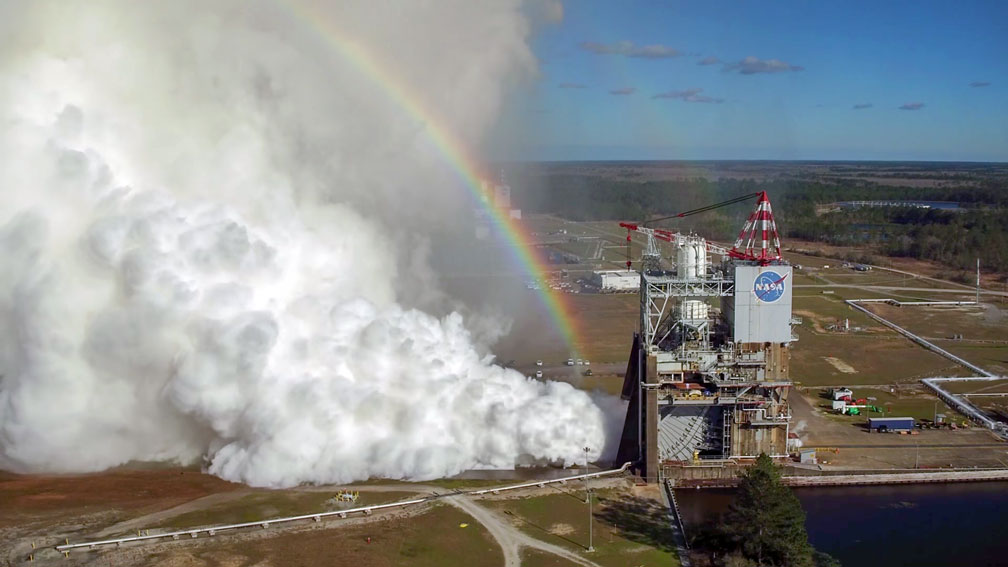
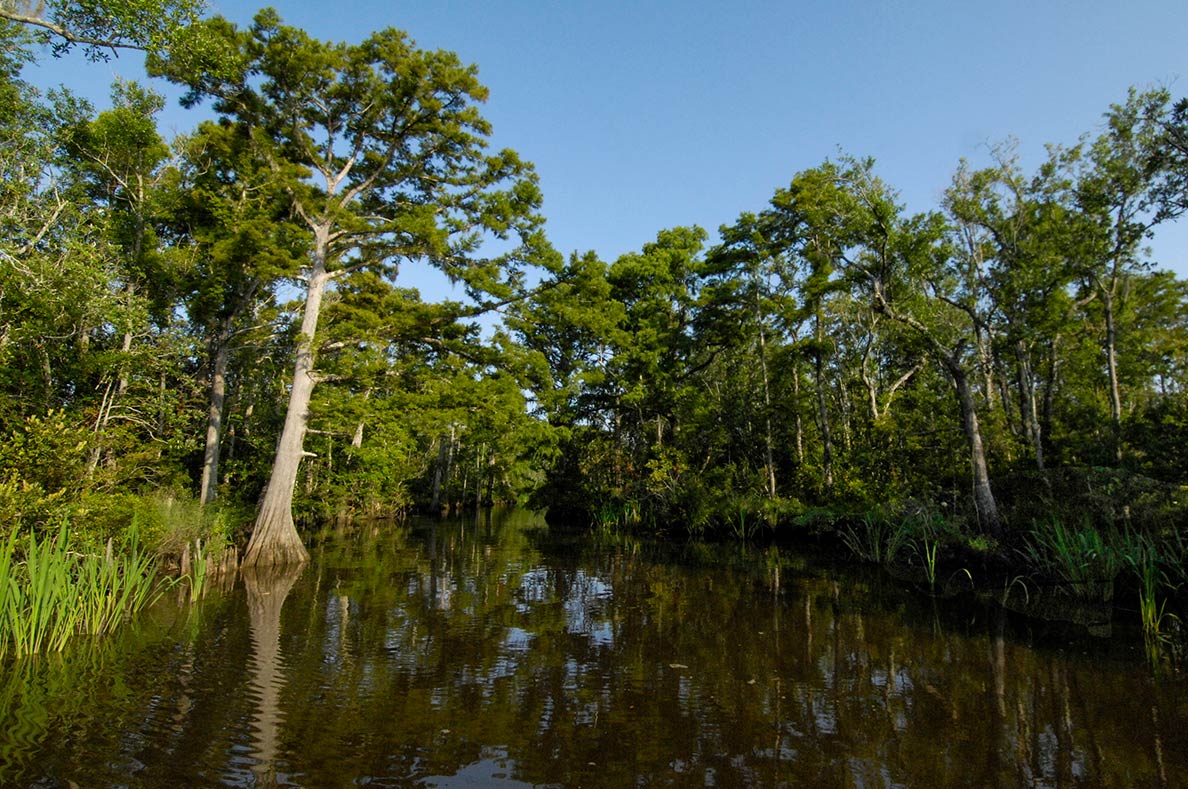 The Pascagoula River in Mississippi is the only unaffected (or nearly so) river flowing from the United States into the Gulf of Mexico.
The Pascagoula River in Mississippi is the only unaffected (or nearly so) river flowing from the United States into the Gulf of Mexico.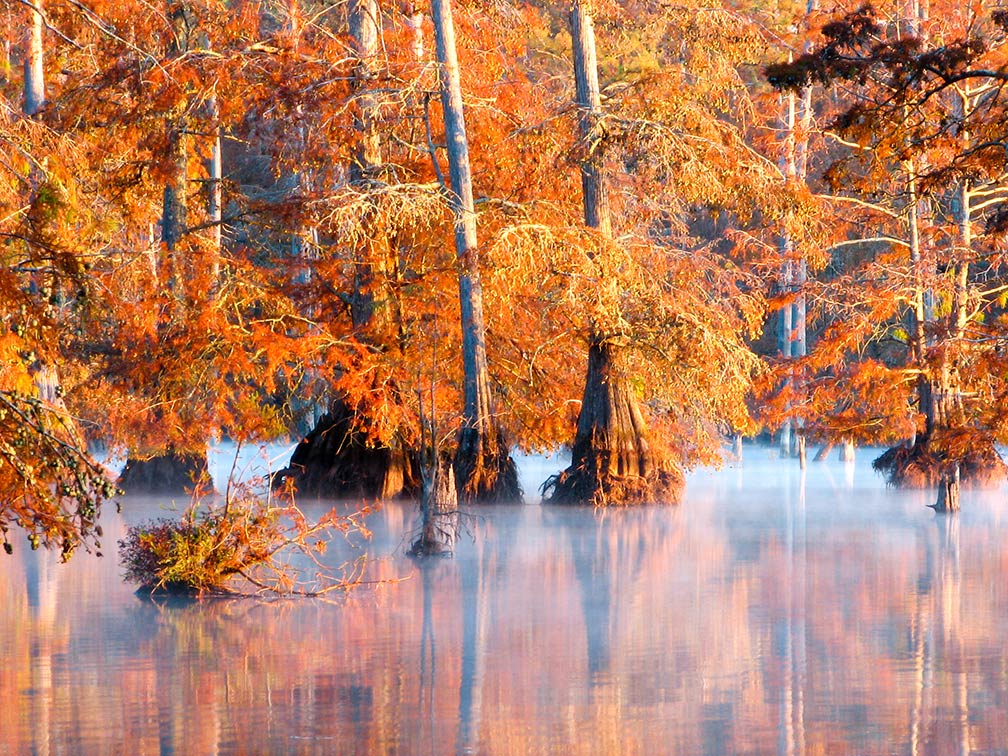
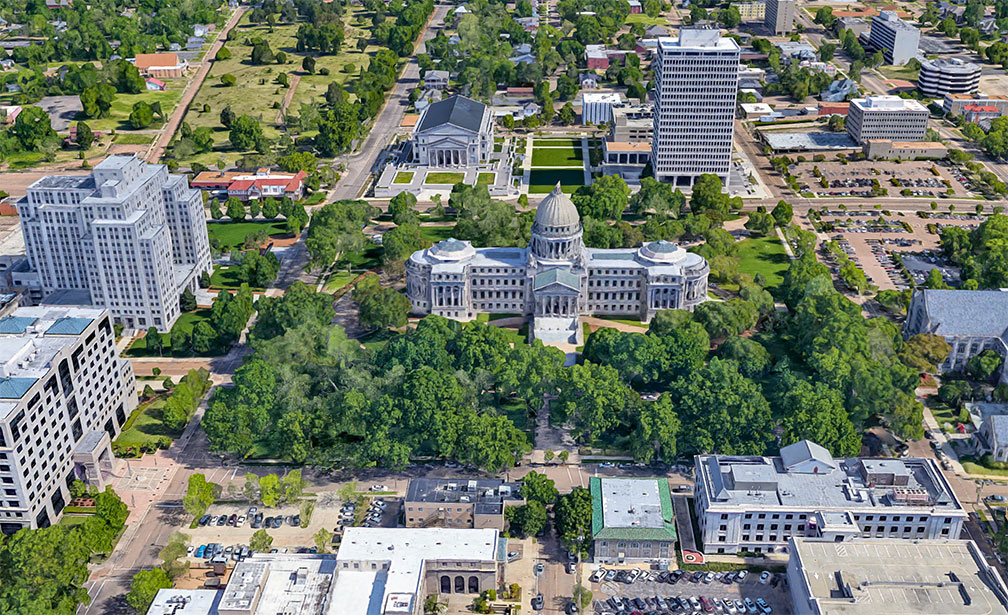
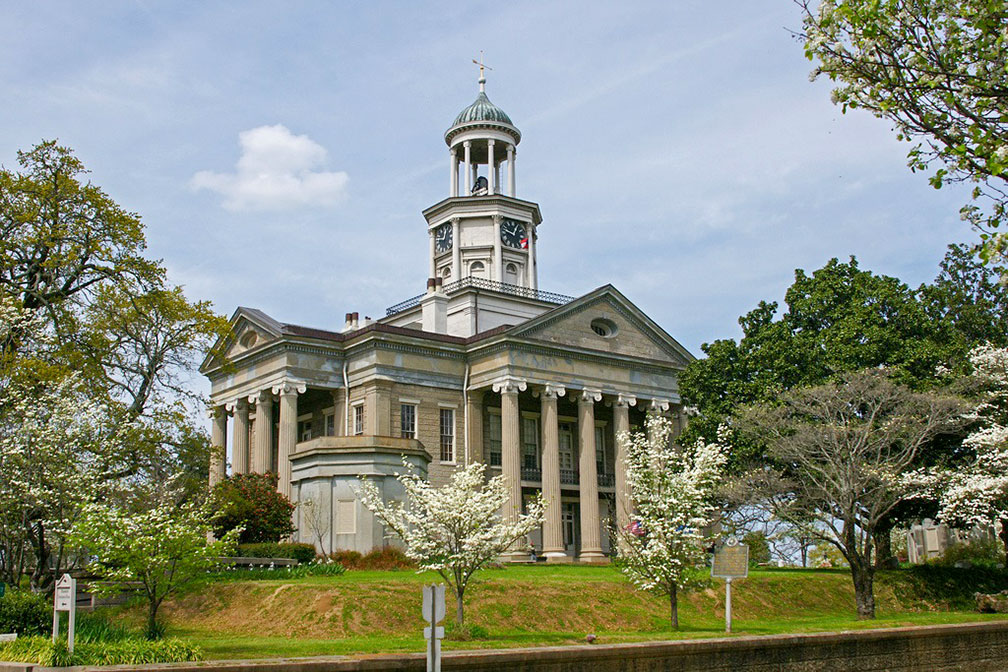 The Old Warren County Courthouse in Vicksburg, Mississippi, is now a Civil War Museum.
The Old Warren County Courthouse in Vicksburg, Mississippi, is now a Civil War Museum.